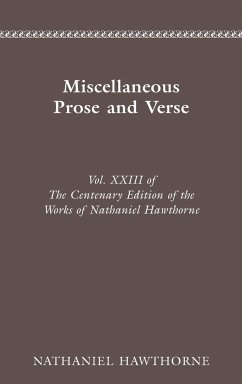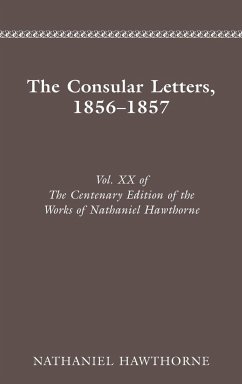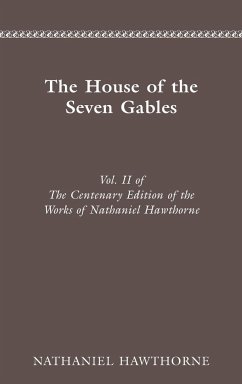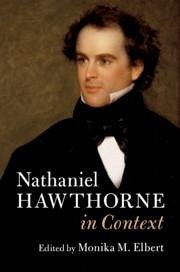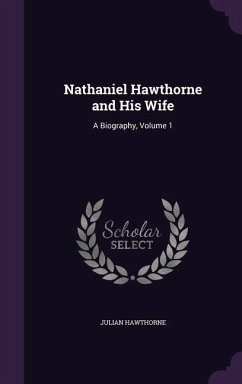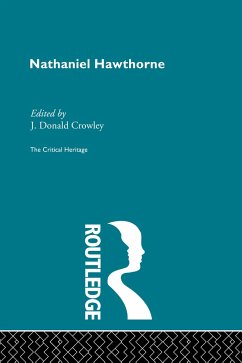
Nathaniel Hawthorne - The Scarlet Letter
Versandkostenfrei!
Versandfertig in über 4 Wochen
28,99 €
inkl. MwSt.

PAYBACK Punkte
14 °P sammeln!
With the publication of The Scarlet Letter in 1850, Nathaniel Hawthorne achieved not only critical recognition in his native New England, but an undisputed place amongst the newly-emerging ranks of great American writers. From the very first words of the novel, Hawthorne undertakes a searching re-assessment of the moral doctrines of Calvinism upon which his nation was founded. In his treatment of the relationships between the condemned adulteress Hester Prynne, her child Pearl, her lover Arthur Dimmesdale and the relentless accuser Roger Chillingworth, Hawthorne sets up a series of dense symbo...
With the publication of The Scarlet Letter in 1850, Nathaniel Hawthorne achieved not only critical recognition in his native New England, but an undisputed place amongst the newly-emerging ranks of great American writers. From the very first words of the novel, Hawthorne undertakes a searching re-assessment of the moral doctrines of Calvinism upon which his nation was founded. In his treatment of the relationships between the condemned adulteress Hester Prynne, her child Pearl, her lover Arthur Dimmesdale and the relentless accuser Roger Chillingworth, Hawthorne sets up a series of dense symbolic contrasts between the harshness of human law and the expansive, accepting laws of nature. The scarlet letter that Hester is forced to wear as a signal of her sin is transformed into a lasting symbol of the moral ambiguities underlying the Puritan beliefs of early American settlement.
In this Readers' Guide, Elmer Kennedy-Andrews introduces and sets in context the enormous rangeof critical arguments that have been generated by this enduring work. From the comments and reviews of Hawthorne's contemporaries, to discussions of the novel by fellow artists such as Henry James and D.H. Lawrence, to radical re-readings of the post-war decades, the reader is given an invaluable guide to the critical progress of this key American text.
In this Readers' Guide, Elmer Kennedy-Andrews introduces and sets in context the enormous rangeof critical arguments that have been generated by this enduring work. From the comments and reviews of Hawthorne's contemporaries, to discussions of the novel by fellow artists such as Henry James and D.H. Lawrence, to radical re-readings of the post-war decades, the reader is given an invaluable guide to the critical progress of this key American text.



